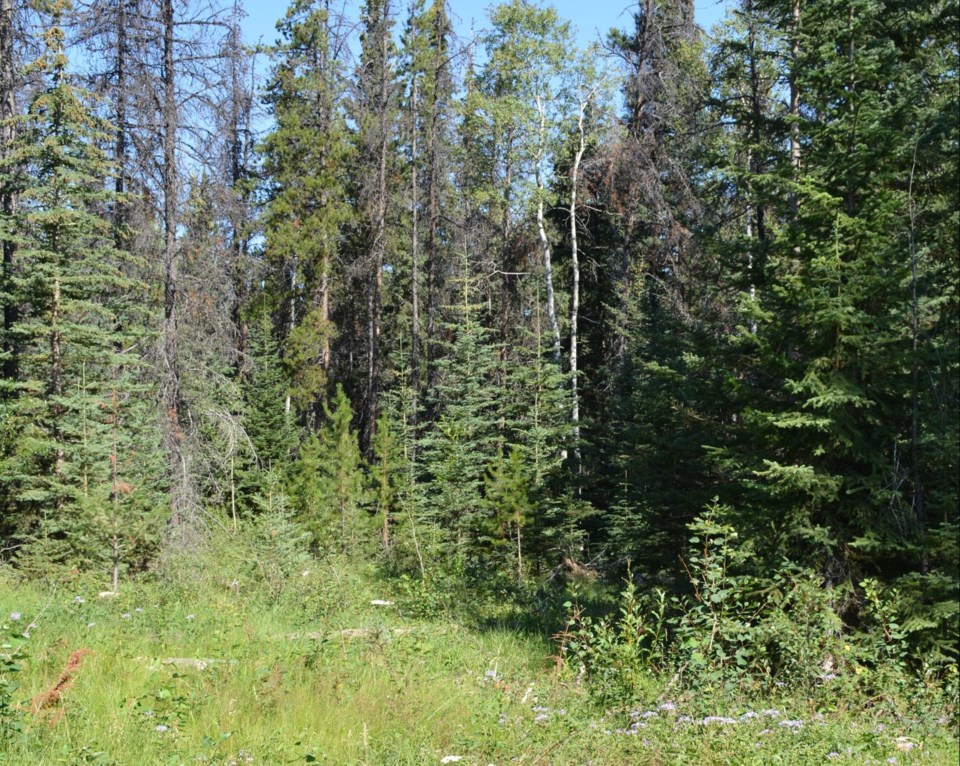Scott Hayes, Local Journalism Initiative Reporter | [email protected]
While large swaths of reddened and dead evergreens still remain, the culprit has called off its charge across Jasper National Park.
The mountain pine beetle whose appetite felled innumerable conifers is now back in its dormancy. This leaves cleaning up the aftermath and building the forests back up as the major task at hand.
“The beetle itself, as far as we're able to determine, has largely run its course in Jasper,” said Dave Argument, resource conservation manager with Parks Canada, citing the role that a few recent colder winters have played.
A good cold snap needed to occur at the right time of winter when the beetle larvae are at the right stage of their life cycle. The last few winters have been really good to us, Argument explained, in terms of offering those extreme cold weather conditions that really knocked the overwintering beetle populations.
Parks Canada completed its annual tree survey in the spring, checking multiple sampling locations in areas where beetle activity is most likely to occur. The results returned not a single surviving beetle larva. Though an aerial survey for further forest reddening is still in the planning stage for this autumn, expectations for any sign of the beetle’s continued progression are low.
“The focus now is on the impacts of the beetle and the fire risk reduction, and the potential impacts to the broader park ecosystem because of this large-scale landscape impact,” Argument said.
“In a place like Jasper, it's an ongoing issue, and we've been working on it for a long time.”
He described the integral roles that both the mountain pine beetle and fires play in maintaining the natural balance of the boreal forest ecosystem. Controlling both means that the job of keeping the balance falls on Parks Canada.
There will be continued use of prescribed fires and mechanical thinning such as what was done between Cottonwood Creek and the northeast side of Pyramid Lake Road in February this year.
That has created a “significant buffer,” Argument said, which bolsters the idea to continue to use those tools, along with a fire risk and ignition probability modeling exercise to identify key areas where risk reduction efforts should be concentrated.
“If the conditions are right moving forward, we hope to extend that buffer through smaller prescribed fires in key locations to further extend that fire protection for the community using fire as a tool. We'll have an active program moving forward, continuing to try to apply prescribed fire as a part of that.”
An additional fire break at Keith Lake was started at the Keith Lake area outside of the Maligne Valley. Argument said this was done out of concern that a fire there could sweep down and threaten the townsite.
“Moving forward, we want to extend that into a fire guard line along the base of Signal Mountain,” he added.
“We hope to proceed with that next winter. It won't be a large clearing but it will be an accessible guardline that we can then work off of if we need to address potential wildfire on the slopes of Signal Mountain.”
Editor’s note: Dave Argument’s correct title is resource conservation manager.




